
Welcome back to our ongoing series on building and optimizing a performance-driven social media marketing program.
In part 1, we discussed how to classify social media. In part 2, we evaluated how you can consider social media as a marketing funnel (and why you ought to). Last week, we explored the funnel of a customer whose conversions take place in a shopping cart. That brings us here.
Believe it, kid: crazily enough, there are, in fact, such things as offline transactions. Marketers use social media to drive these transactions, too — and, just like social flows that end in an online shopping cart, such transactions have a funnel and an ROI that marketers can measure and optimize.
But how?
What if my conversions happen offline?
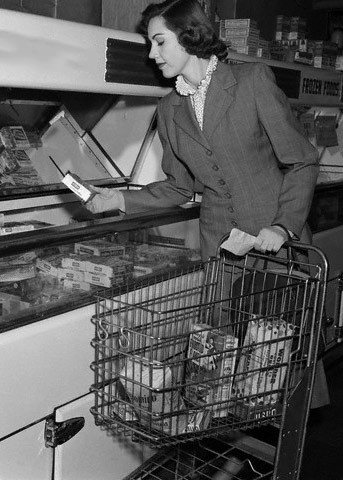
Last week, we checked in on an awe.sm customer whose social funnel drives customers to make purchases — and, by taking a close look at sharing in every stage of the funnel, uncovered a new source of traffic and revenue. If you’re an online retailer, you absolutely should take a look.
For many more of our customers, there isn’t a shopping cart at the bottom of their social funnel, but something more amorphous — app downloads, for example; or lead-gen form submissions; or maybe even just pageviews. We can track those, too. We can track anything.
But about two years ago, awe.sm got to start working with a customer whose social funnel does end in a purchase — but one that doesn’t happen online. It was up to us to help connect the cyberspace top of the funnel with the meatspace conversions at the bottom. Here’s what that looked like.
Baby, you can drive my car / and maybe I’ll retweet you

Cars are huge on social media, and not the Pixar movies my godson has made us watch 479 times, but the real ones. Watch your Twitter stream during the Detroit Auto Show to see the volume of conversation that new models inspire, and scrub your friends’ profiles to see how long it takes before you find one of YouTube’s millions of my-new-car selfies.
But did you ever wonder how Tweets about cars actually translate into car sales? Our automaker friends did. So we took a look at their funnel.
Here’s an example funnel:
- See the brand’s Tweets;
- Engage with a Tweet by (e.g.) favoriting or amplifying;
- Click from the Tweet into the dealer’s site;
____________________ - Browse to a specific model;
- Navigate content (a.k.a., activate salivary glands);
- Enter car customizer;
- Complete car customizer;
- Search for a local dealer;
- Schedule a test drive;
____________________ - Test drive (a.k.a., re-activate salivary glands);
- Negotiate;
- Yahtzee!
Tracking this funnel may seem like a tall order — it spans social, web, and offline!… — but we weren’t starting from scratch. All the data needed for funnel analysis already is out there:
- The brand’s dealers maintain impeccable tracking to understand the performance of each channel that drives customers into their showrooms — in other words, everything that happens in real life, below the red line.
- Everything in the middle of the funnel — the steps between the blue and the red lines — happens on the brand’s site. Here, the brand’s own site analytics team pays close attention to site visitors, measuring and optimizing their acquisition, navigation, and conversion.
- The top of the stack is the social funnel — and that, of course, is awe.sm’s wheelhouse⁴.
We authenticated awe.sm tracking on the brand’s owned social channels; instrumented awe.sm conversion tracking at important milestones in their website, like entering the car configurator; and matched up our metadata with the site analytics tags already in place.
By closing the loop and connecting all the dots from post to purchase, we were ready to learn the ROI of each Tweet … and it blew our minds.
When is a Tweet worth a car?

If you make it through step 6 of this funnel — if you finish configuring a car on the brand’s site — there is a 30% chance you will buy the car. Yes: if you make it halfway through their funnel, the odds are nearly 1 in 3 that you’ll finish it.
Holy moly.
So: if our customer can tweak their social funnel to get only three more people through the funnel, that’s a new car.⁵ Here, identifying which specific social posts perform at each stage of the funnel ceases to be academic or merely curious — and every optimization that increases reach, engagement, and traffic is serious business.
YMMV⁶

Does this mean you should organize your social media marketing exactly like an auto brand’s? Probably not — not even if you’re another auto brand, since each brand’s followers are unique. But our takeaways are these:
- You don’t need e-commerce to track the ROI of your social media marketing;
- You definitely can track the ROI of your social media marketing: it’s just a matter of closing the attribution loop;
- … and you should: even if this is an extreme example, it’s inescapable that individual social posts can have a huge impact — so you need to understand the performance of each one.
What would it take to get you into this social media attribution platform today? … No, really. Let’s talk about this. Drop us a note, kick the tires, and let’s optimize your social media marketing.
____________________
² Ugh — totally unintentional. I really need to brake this habit. For wheels.³
³ I’m steerious.
⁴ Sorry; it happened again. Guess I’m just not firing on all cylinders.
⁵ Second prize: steak knives.
⁶ Oh, come on; you saw that coming a mile away. Don’t blow a gasket.
*Originally published on the awe.sm blog


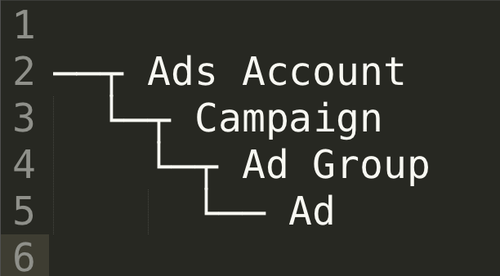
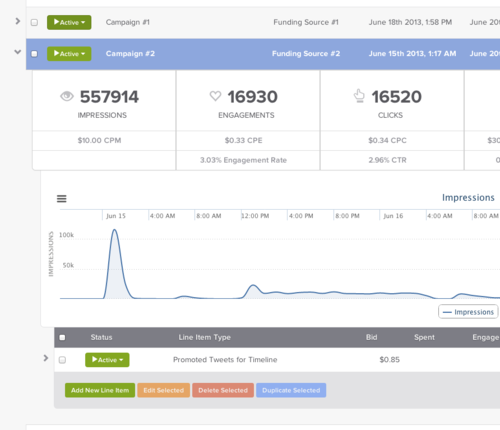


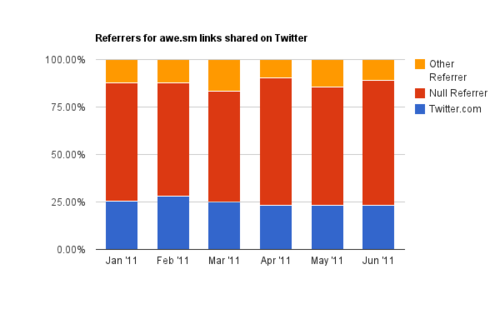
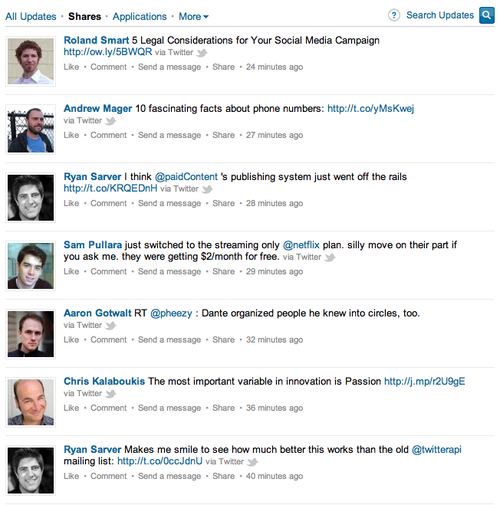
Recent Comments